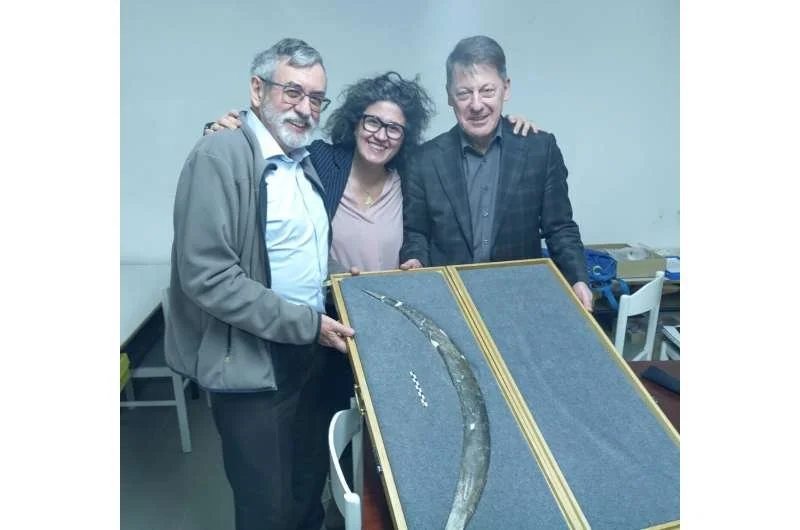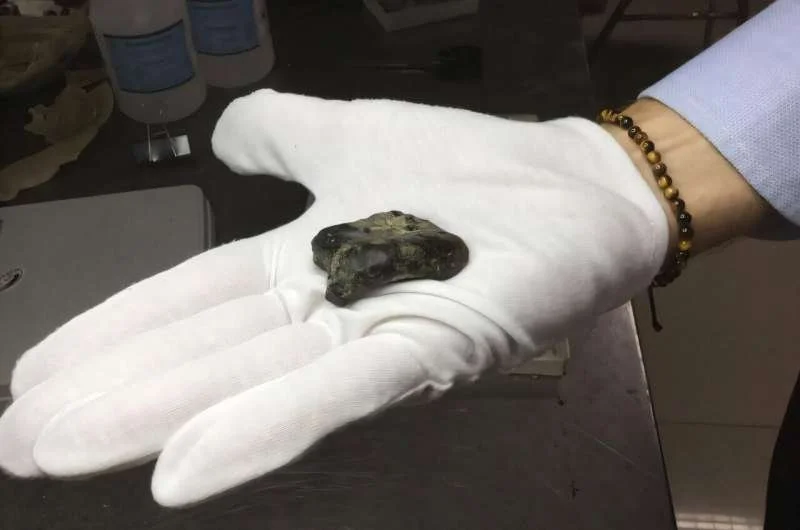Unveiling Shared Ancestral Roots: Genetic Insights into the Aegean Civilizations
In the realm of archaeology and genetics, the intricate tapestry of the past continues to unravel, revealing fascinating insights into the origins and interconnectedness of ancient civilizations. A recent groundbreaking study conducted by a collaborative team of researchers from Greece and Switzerland has shed new light on the genetic ties that bind the advanced Aegean civilizations of the Early Bronze Age. This study challenges long-standing assumptions and reshapes our understanding of the Minoan, Cycladic, and Helladic civilizations, raising intriguing questions about their shared heritage.
The findings of this study were introduced in an article entitled “ The Genomic History of the Aegean Palatial Civilizations ,” which was published on April 29 in the peer-reviewed journal Cell.
The focal point of this study was a genetic analysis of DNA samples extracted from the skeletal remains of 17 individuals unearthed at various archaeological sites across the Aegean region. These individuals, who lived approximately 5,000 years ago during the Early Bronze Age, belonged to the Minoan civilization of Crete, the Cycladic civilization on the Cyclades islands, and the Helladic civilization on the Greek mainland.
Previous beliefs suggested that these civilizations, despite their geographical proximity, were distinct and created by genetically diverse populations. However, the genetic analysis conducted in this study has challenged this assumption by revealing striking genetic similarities among the ancient Aegean populations. This revelation suggests that these civilizations may not have been as isolated from one another as once thought, instead tracing their origins back to common ancestors.
Common Ancestry and Shared Culture
The Minoan, Cycladic, and Helladic civilizations are renowned for their grand urban centers, intricate monuments, adept metalwork, and expansive trade networks. While the past belief held that these shared traits were a result of mass migrations from Anatolia (modern-day Turkey) introducing concepts and innovations to each civilization, the genetic analysis offers an alternative perspective.
The study contends that these civilizations shared a common culture that dates back to antiquity rather than being solely the result of outside migrations. As time passed, they diversified, which explains the variations in their art and architectural practices. However, the essential characteristics they held in common, such as their urban development and metalworking skills, emerged from their shared cultural heritage.
View to the so called “ Triangle Square” with the Westhouse (left) and the Delta West Complex (right). (© 7reasons, Michael Klein)
Migration's Role in Cultural Development
It is essential to acknowledge that migration still plays a role in shaping the cultural landscape of the Aegean region. However, this study underscores that migration was not the sole driving force behind these civilizations' development. The Early Bronze Age societies inherited many of their social, economic, and political attributes from their common ancestors, creating a continuous cultural unity that persisted throughout their evolution.
Genetic Divergence in the Middle Bronze Age
While most of the genetic samples analyzed originated from the Early Bronze Age, two samples were retrieved from Middle Bronze Age sites, providing a fascinating glimpse into later developments. By this period, around 4,600 to 4,000 years ago, contact had significantly increased between the northern Aegean and herders migrating from the Pontic-Caspian steppe.
The Middle Bronze Age samples displayed a genetic makeup that combined Helladic and Pontic-Caspian elements, distinguishing them from their Early Bronze Age predecessors. The Pontic-Caspian steppe, known for its nomadic peoples, had a profound impact on the cultures it encountered, potentially influencing the origins of modern Greek and Indo-European languages.
A Glimpse into the Past
This pioneering study has opened new avenues for prehistorical research by reconstructing ancestral relationships between ancient populations and identifying the timing of migration events in the Aegean region's cultural transition from the Neolithic to the Bronze Age. The Bronze Age Aegean civilizations laid the foundations for subsequent urban centers and monumental palaces, leaving a lasting legacy that resonates through the annals of history.
Myceneans in mainland Greece.
In the ever-evolving narrative of our past, genetic studies like this one continue to reveal the shared origins and interconnectedness of ancient civilizations. The Minoan, Cycladic, and Helladic civilizations, once considered distinct, are now understood to have shared a common heritage that shaped their remarkable achievements. As we delve deeper into the genetic tapestry of our history, we simultaneously gain a better understanding of our own roots and the echoes of these ancient civilizations in our modern world.
But the latest genetic analysis suggests an alternative explanation. If the Aegean civilizations were more closely related than previously thought, it means they would have shared a common culture reaching far back into antiquity. They became more diverse as time passed, which would explain the differences between their preferred forms of art and architecture. But their divergence wouldn’t have been complete, meaning the characteristics they had in common (like their city building and metalworking practices) would have emerged from their shared cultural heritage.
It is important to emphasize that migration would have still been a factor that helped shape cultural development in the region. However, it would not have been the sole factor at work. The peoples of the Early Bronze Age Minoan , Cycladic, and Helladic civilizations would have inherited many of their social, economic, and political attributes from their common ancestors, creating a continuous cultural unity.










